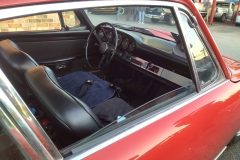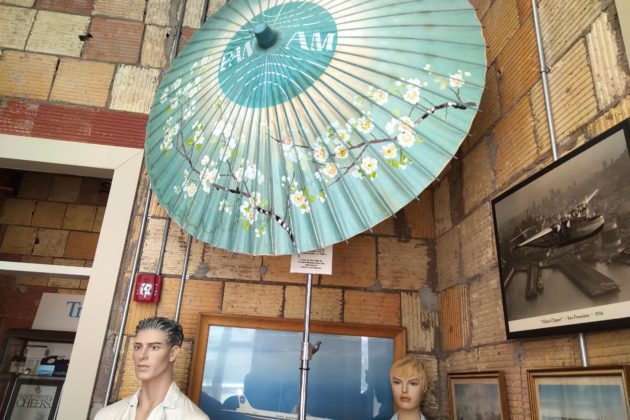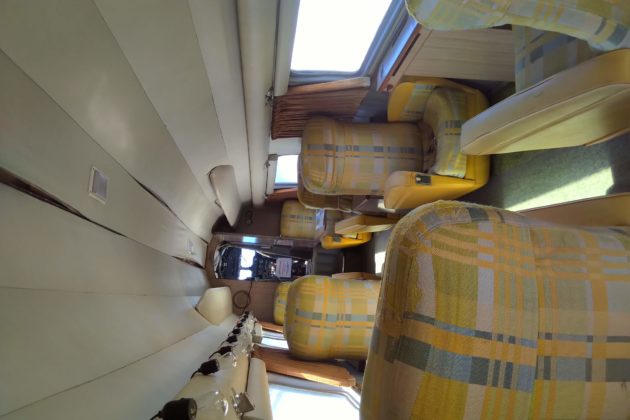




I was touring Texas and the American south in the summer of 2020, driving a 2018 Chrysler Pacifica from Hertz. With the pandemic making its way around the country the NASA Space Center was closed. As an alternative I found this place in southeast Houston, sharing what is now William Hobby Airport, primarily serving Southwest Airlines.
This is part of a 3000 mile road trip series with the Chrysler Pacifica. See Part 1.

From the museum website:
The principal artifact of the museum is the building in which it is housed: a spectacular Art Deco structure designed by noted local architect Joseph Finger. The terminal, which also housed airport administrative functions and the airport control tower, opened on September 28, 1940 and served the airlines and their passengers until spring of 1955.
During that short period, the terminal oversaw a period of massive growth in air travel, from fewer than 100,000 passengers in its first year of operation, to nearly a million in 1954. After most airport operations were moved to an entirely new terminal on the north side of the airport (still in use today), the 1940 structure went through a long period of decline, and in 1978, abandonment.
Located up the street from the 1940 Air Terminal Museum, the Municipal Hangar WR-4 was constructed soon after the airport first opened in 1928 and is believed to be the oldest aviation-related structure still existing in Houston.
After serving successively as a maintenance facility for air mail planes, Eastern Air Lines’ Houston maintenance base and eventually the ‘Sky Travel’ Fixed Base Operator, the hangar now provides shelter for the museum’s collection of aircraft.
I walked inside and immediately drew my eyes to the pillars, fixtures, and curved walls that defined the style of the art deco era. Communications rooms and offices are staged to show how the terminal was configured eighty years ago.
Off to each side are displays of luggage, uniforms, model aircraft, utensils, pins, publications, and airline memorabilia of every imaginable type.

After touring the display cases they unlocked the gate and took me to the back, the tarmac where commercial flights were taking off and landing, to see inside of a Lockheed Lodestar, left exactly as it was in the 1960s with all of its upholstery in tact.

This Lodestar began service in the 1940s and remains in fully serviceable, airworthy condition. A few feet away was a United jet parked for service.
If you’re into aviation history, especially commercial aviation, check it out.
" order_by="sortorder" order_direction="ASC" returns="included" maximum_entity_count="500"]
Leave a Reply